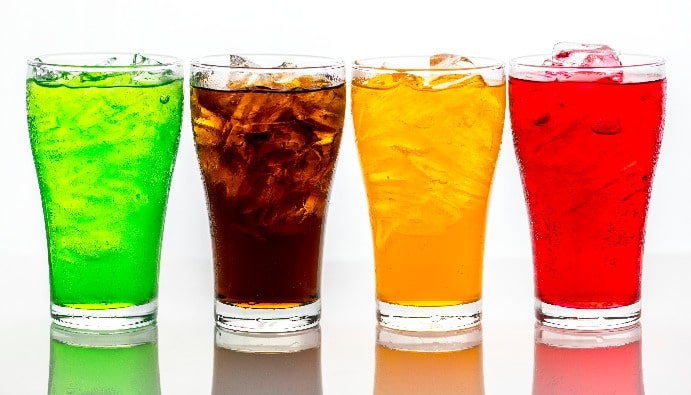
BLOG
KATEGORİDEKİ DİĞER YAZILAR

Carbon dioxide (CO2) is a colorless and odorless gas that occurs naturally in the atmosphere. Humans and animals take in oxygen and exhale carbon dioxide during respiration, while plants use carbon dioxide during photosynthesis. In the food industry, carbon dioxide is often used as a food additive. It plays an important role in preserving food products, extending shelf life and improving flavor quality.
However, some soda, cola and fruit drinks are also produced with the addition of carbon dioxide (CO2). The first known carbonated beverage was natural mineral water formed by the dissolution of limestone in rocks in acidic water. Taking natural mineral water as an example, soda was produced by adding carbon dioxide (CO2) to drinking water. The amount of carbon dioxide (CO2) in these drinks is around 7.5 g/L in cola drinks and 3.7 g/L in fruit drinks.
Carbon dioxide (CO2) is produced by many methods. However, its use in the food sector is related to its purity rather than the method of production. In the Turkish Food Codex - Communiqué on Purity Criteria of Additives Other Than Colorants and Sweeteners Used in Foods, the purity criteria of carbon dioxide (CO2) is specified.
Carbon dioxide (CO2) is among the food additives “generally recognized as safe” by the US Food and Drug Administration (FDA). There is no known toxicological effect.
Nanolab Laboratories Group continues to provide services within the scope of Food Additive Carbon Dioxide (CO2) Testing . We also provide services in Food Regulatory Compliance.
Contact us for more information.
You can follow us on LinkedIn for up-to-date news and posts about our services.
Follow our Instagram account to be informed about our latest blog posts.